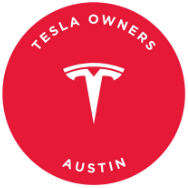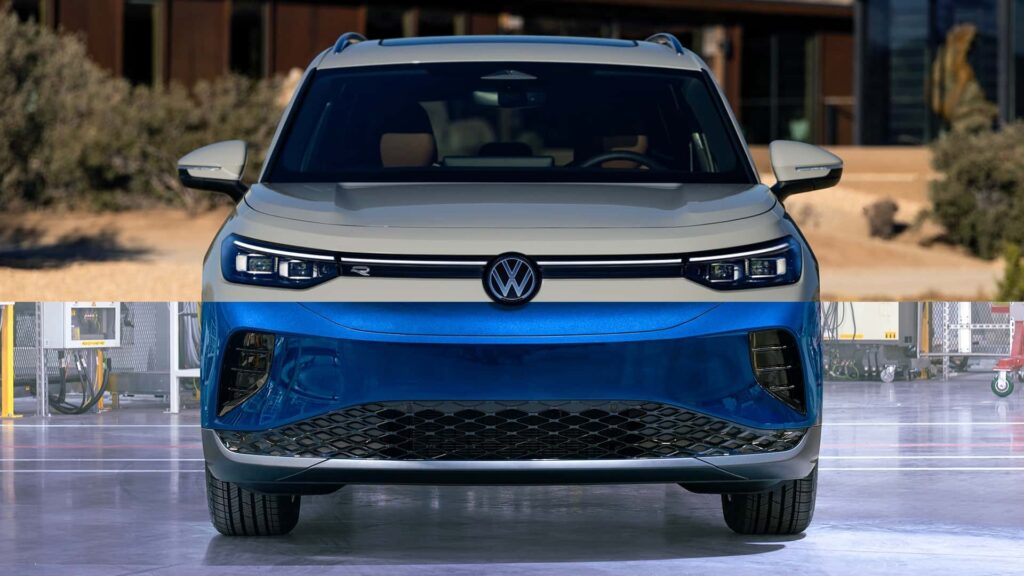Volkswagen is gearing up to give the ID.4 a significant visual makeover in order to align its appearance more closely with its combustion engine vehicles. This update comes as a response to the mixed reception the current ID.4 received, with many criticizing its unconventional design.
According to reports, the revamped ID.4, set to debut next year, is internally referred to as the ‘electric Tiguan’. This hints at Volkswagen’s intention to make the ID.4 more closely resemble its traditional SUV models. The goal is to create a more conventional SUV-like exterior that will appeal to a wider audience.
The upcoming changes to the ID.4 will involve a complete overhaul of its design, making it look drastically different from the current model. While the core structure of the vehicle will remain the same, Volkswagen plans to make significant alterations to the exterior styling. This includes reshaping the roof to give the ID.4 a more rugged and upright appearance, moving away from the current fastback design.
In addition to the exterior changes, Volkswagen will also be revamping the interior of the ID.4. The most notable improvement will be the reintroduction of physical controls, addressing a common complaint about the current model’s touch-sensitive controls. The new interior layout is expected to feature dedicated buttons for essential functions like volume, climate control, and hazard lights, providing a more user-friendly experience for drivers and passengers.
While the upcoming ID.4 will sport a fresh new look, its underlying specs will remain largely unchanged. The vehicle will continue to be built on Volkswagen’s 400-volt MEB platform, which is shared across the brand’s electric lineup. This platform will be in use until 2028, when Volkswagen plans to introduce a new electric vehicle based on the 800-volt SSP architecture.
Volkswagen’s decision to overhaul the ID.4’s design reflects a broader trend in the automotive industry, with manufacturers like Mercedes-Benz also moving towards more traditional designs for their electric vehicles. It remains to be seen how consumers will respond to these changes, as automakers navigate the balance between innovation and familiarity in the rapidly evolving electric vehicle market.

